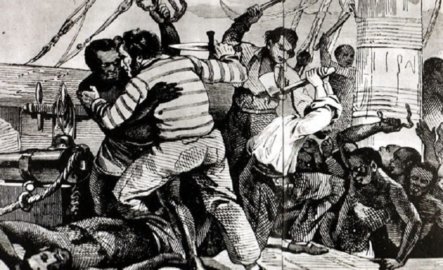A major diplomatic storm is brewing between the United States and Namibia following the alleged discovery of remains of Namibian genocide victims stored in a U.S. museum.
The remains, which were discovered by a group of activists on Wednesday, are said to have been collected from Namibian concentration camps by a racist German scientist Professor Felix von Luscha, who hoped to use them to prove his racist believes.
According to the Association of the Ovaherero Genocide (AOG), the remains, which are currently held at the American Museum of Natural History in New York, date back to decades before the First World War, when Germany occupied the South-West Africa.
First 20TH Century Genocide
The association further alleges that two of the eight human remains in the museum belong to people who died in concentration camps in Namibia when German authorities attempted to foil a revolt by the Herero and Namaqua tribes (the two main communities in Namibia at the time) from 1904 to 1908.
Thousands of people died in the four-year struggle, which historians often describe as the first “genocide” in the 20th century. Germany’s intention was to exterminate the two communities.
Reports indicate that German authorities, under the guidance of prof. Luscha, gathered and shipped the human skeletons to Germany for pseudo-scientific tests to prove his racist notions about the subservience of Africans and the superiority of Germans.
“The discovery of remains at the museum is a highly significant event, in that it shows that the genocide of the Herero and Nama peoples in Namibia in the early part of the 20th century involved not only the mass killing of men, women and children, and the confiscation of their lands and livestock, but also … the desecration of their remains when literally hundreds of skulls and skeletons were carted off to Berlin by German scientists and researchers,” Barnabas Veraa Katuuo of AOG was quoted by the Guardian.
Post-Colonial Cruelty
Critics now say the continued display of the human remains in the museum points to the blatant cruelty with which the West has always treated Africa. It is suspected that the eight remains were shipped to the U.S. when the museum purchased a private collection of Prof. Luscha in the 1920s.
Until recently, German authorities had refused to accept their responsibility for the massacre, even rejecting the use of the word “genocide”. But earlier this year, the government of German officially apologized for the genocide and agreed to compensate the victims.
Meanwhile, representatives of the Herero and Namaqua tribes are currently engaged in a court case in the U.S. where they want to be included in the negotiations between Germany and Namibia over compensations.










